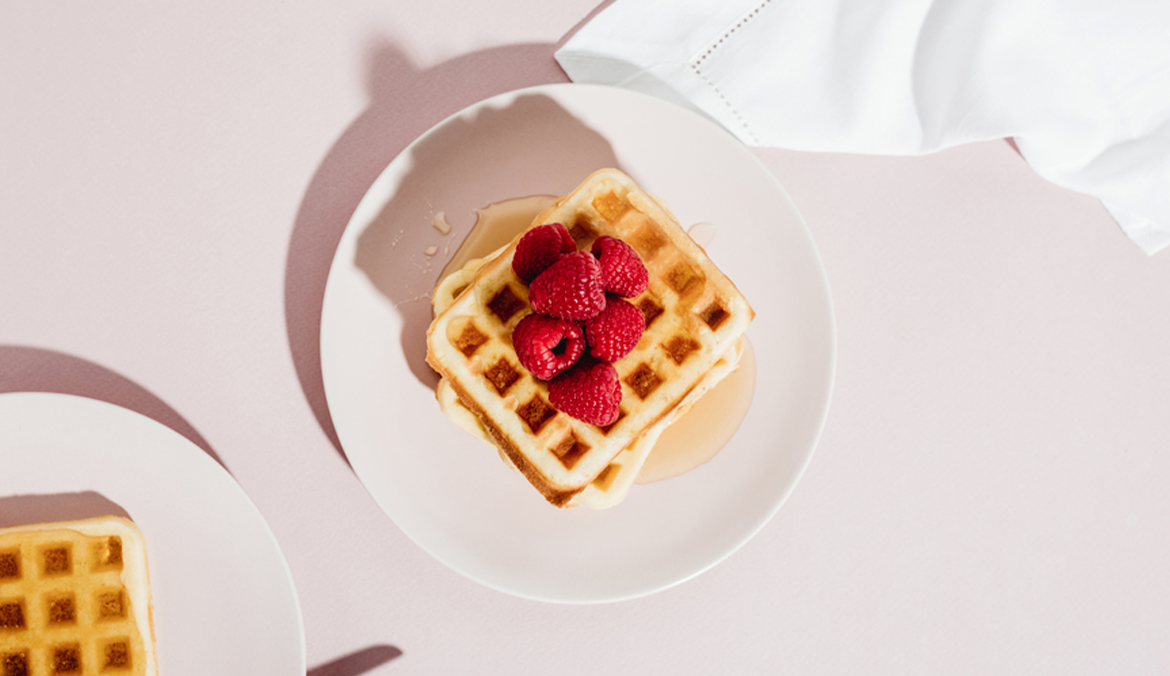
Gut health is something we talk about regularly at Well+Good, and one essential nutrient that comes up in just about every conversation is fiber. But this is no coincidence considering it’s one of the key ingredients for keeping your digestion flowing smoothly (literally). While fiber is just one of the many important pillars for maintaining a well-balanced, nutrient-dense diet for long-term positive health outcomes, consistency is key—meaning regular fiber intake is vital for gut health. (Unless you have a GI or digestive disorder; more on that later).
So: It’s worth checking on your daily fiber intake, because statistics show that the vast majority of Americans are falling short. According to Lauren Manaker, MS, RDN, LD, CLEC, CPT, a registered dietitian based in Charleston, the target daily fiber intake goal for women is around 21 to 35 grams of fiber per day; 30 to 38 grams of fiber per day for men. Manaker caveats that consuming all of your daily fiber intake in one sitting isn’t the best idea, and instead recommends spacing it out throughout the day. “Consuming around six grams of fiber per meal is a good target for gut health balance,” she says.
Keep in mind that these fiber goals are simple benchmarks. Your fiber needs can vary depending on many factors, such as medical history, genetics, age, pre-existing conditions, and more. But in an effort to make balancing your microbiome a bit simpler, we’re sharing an easily-digestible (pun intended) fiber ‘cheat sheet’ ahead.
Why consuming fiber is so important for gut health
According to Manaker, adequate fiber intake is important for maintaining digestive health. “It adds bulk to our diet, which aids in regulating bowel movements, and can help to prevent constipation,” Manaker says. What’s more, she notes that some types of fiber are linked to preventing some types of chronic disease. “Soluble fiber, a specific type of dietary fiber, is particularly important due to its beneficial impact on our metabolism and heart health. When consumed, soluble fiber dissolves in water to form a gel-like substance, further assisting in the regulation of digestion,” Manaker says. “Furthermore, soluble fiber has been linked to lowering LDL ‘bad’ cholesterol levels, thus helping to reduce the risk of heart disease.”
Although there are tons of high-fiber foods to choose from, foods particularly high in soluble fiber include: oats, fruits (like pears, nectarines, and figs), beans, lentils, and certain types of vegetables (like Brussels sprouts, broccoli, and sweet potatoes).
On the flip side, consuming foods high in insoluble fiber can also be beneficial for gut health. Insoluble fiber, as the name implies, doesn’t dissolve in water and can, in turn, actually speed up digestion. When consumed in combination, soluble and insoluble fiber can work in tandem to regulate bowel movements and reduce constipation. Common foods with insoluble fiber include: whole wheat and wheat bran, other whole grains like brown rice and barley, and many vegetables including celery, carrots, zucchini, plus leafy greens such as spinach or lettuce.
Why you should be eating six grams of fiber per meal
To reiterate, Manaker recommends that adult women consume roughly 21 to 35 grams of fiber per day, while adult men consume 30 to 38 grams of fiber per day. That said, these numbers can vary from person to person. “Needs can vary based on a few factors, including a person’s medical history; for example, certain gastrointestinal conditions may require a person to eat less fiber,” Manaker says. As such, it’s always best to consult a medical professional first before making any drastic changes to your fiber intake in order to establish the consumption quantities appropriate for you.
“I recommend spacing one’s fiber intake out, eating around six grams of fiber at each meal, assuming some fiber-containing snacks are being included in the day, too.”—Lauren Manaker, MS, RD
Additionally, Manaker recommends breaking down the amount of fiber you eat throughout the day into smaller portions to avoid oversaturating your body with too much of the nutrient at once which can potentially lead to constipation. “I recommend spacing one’s fiber intake out, eating around six grams of fiber at each meal, assuming some fiber-containing snacks are being included in the day too,” she says. So, what does six grams of fiber look like in terms of food? Find a few registered dietitian-recommended ideas below.
Six grams of fiber ‘cheat sheet’ for gut health
- One medium-sized pear
- One cup of broccoli
- One artichoke
- One avocado
- One large sweet potato
- One cup of cooked barley
- One cup of oat bran
- 3/4 cup of fresh raspberries or blackberries
- 3/4 cup of cooked green peas
- 3/4 cup of whole wheat pasta
- 3/4 cup of edamame
- 3/4 cup of pecans
- 1/2 cup navy beans
- 1/2 cup chickpeas
- 1/2 cup oatmeal
- 1/2 cup pistachios
- 1/2 cup lentils
- 1/2 cup black beans
- 1/2 cup prunes or dried figs
- 2 bananas
- 2 tablespoons chia seeds or flax seeds
A registered dietitian shares a guide to gut health:
Stay connected with us on social media platform for instant update click here to join our Twitter, & Facebook
We are now on Telegram. Click here to join our channel (@TechiUpdate) and stay updated with the latest Technology headlines.
For all the latest Food and Drinks News Click Here
